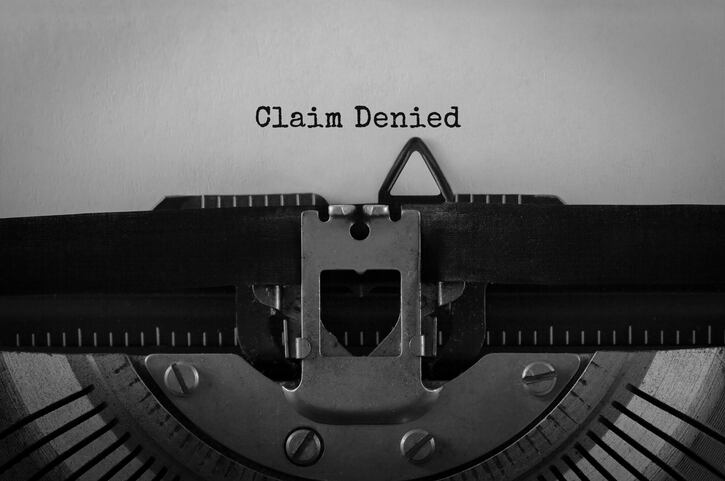Experts discussed this topic in detail during the recent Nutrition Society webinar, hosted to guide nutrition professionals through the health claims regulations in Europe and the UK.
Dr Kathryn O’Sullivan, consultant nutritionist and head of regulatory affairs at HRS Communications, explained health claim regulations apply across all communication to consumers, whether it be in print, on website, in social media, radio, TV or packaging.
She explained there are five key types of claim: nutrition claim, health claim, non-specific (vague) claim, comparative claim, and botanical (aka on-hold) claim.
She noted it is illegal to make claims which suggest health can be affected by not consuming a product or which make reference to recommendations of health professionals, due to concerns around added weight that comes from experts making statements – a contentious point previously reported by NI.
Nutrition claims
According to O’Sullivan, nutrition claims are usually the most straight forward of the claims available. They include any message or representation which suggests a food has a particular characteristic. Examples include ‘low sugar’ and ‘high fibre’.
There is a list of specified criteria that products must meet in order to make the claim, eg it must contain at least 6g of fibre per 100g.
Health claims
Health claims include any statement, suggestion, or implication that there is a relationship between health and the product.
These are a little more complicated, according to O’Sullivan, as there are only specific health claims that are allowed, that come from an authorised list (EU Register on nutrition and health claims or the GB Nutrition and Health Claims Register in the UK), and the product must meet conditions of use.
Post-Brexit, the UK Health and Nutrition Claims Committee has taken the place of EFSA in approving new health claims in the UK. So far, both the UKHNCC and the EFSA health claims lists are the same but they will diverge as new health claims are approved by each authority.
For example, O’Sullivan notes that the EU recently permitted the health claim for kiwi fruit ‘consumption of kiwifruit contributes to the maintenance of normal defecation’, but that is not permitted in the UK.
Health claims are additionally sub-categorised into different types.
A 'function' health claim is a statement that the ingredient supports a function eg. 'Biotin contributes to normal functioning of the nervous system'.
A 'reduction of disease risk' health claim refers to a specific risk factor for a particular disease which can be decreased by consuming a food. This is not the same as claims to prevent, treat or cure human disease, which are not acceptable in marketing communications for food products.
And finally, 'children’s development' health claims are few and far between but one example is a cheese product which states “a source of vitamin D and calcium, needed for normal growth and development of bone in children”.
There are also strict rules around the wording allowed when making health claims, as the statement made must not inflate the benefit in any way. For example, it can’t be said that vitamin D can ‘boost’ or ‘supercharge’ bone health.
Finally, non-specific (vague) claims are phrases and words like ‘good for you’, ‘vitality’, ‘superfood’, and ‘antioxidant’. These can only be stated when they are backed by an approved health claim and ingredients which meet the conditions of use.
Comparative claims
Comparative nutrition claims compare the nutrient levels and/or energy value of two or more foods. These are permitted but the circumstances under which they can be made are restricted, not least because there are only four comparative nutritional claims listed in the GB (NHC) Register. These are "increased [name of the nutrient]", "reduced [name of the nutrient]", "energy reduced" and "light".
Comparative claims can only be made against foods in the same category of food (not meal) or which are ‘alternatives for consumption’.
Botanical (on-hold) claims
Botanical claims have their own 'on-hold' claims spreadsheet, allowing companies to find out what claims are allowed and what the conditions or use are.
But, even when claims are allowed and a product meets conditions of use, it’s important not to imply the product is medicinal through wording. Some words which should ring alarm bells when considering the right claim for your product include: 'alleviates', 'eliminates', 'fights', 'treats', 'heals', 'pain relief', 'anti-viral', 'repairs', 'prevents', 'cures', or any discussion around injury, disease or pregnancy.
In order to assess a botanical health claim, a six step approach is recommended: check the ingredient isn’t novel, check the on-hold claims spreadsheet, check what wording is allowed, review conditions of the claim, conduct a literature review to substantiate the claim being made (ideally with strong RCTs), then make sure the botanical isn’t considered medicinal through a THR (traditional herbal remedy) check.


